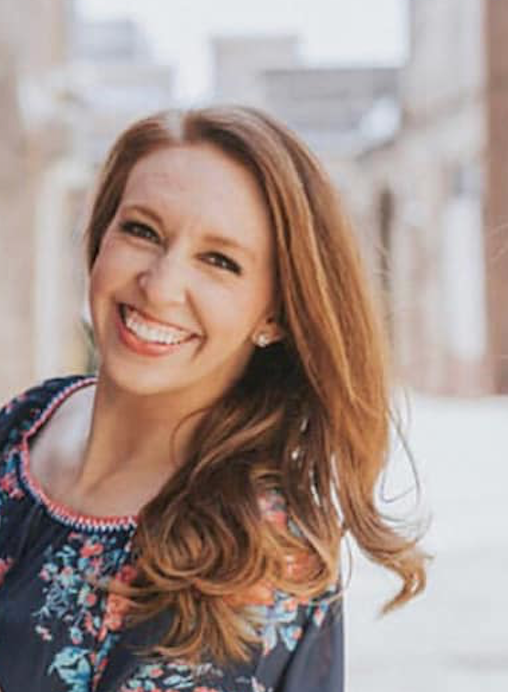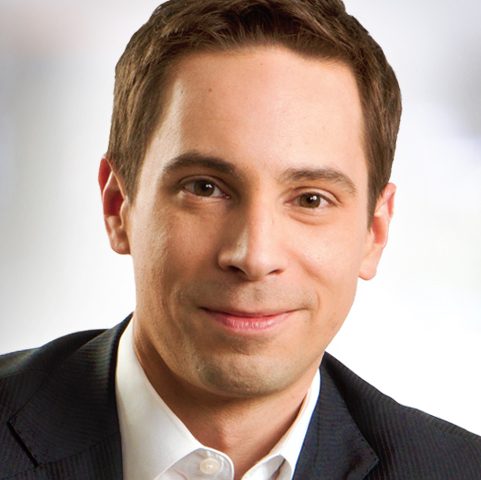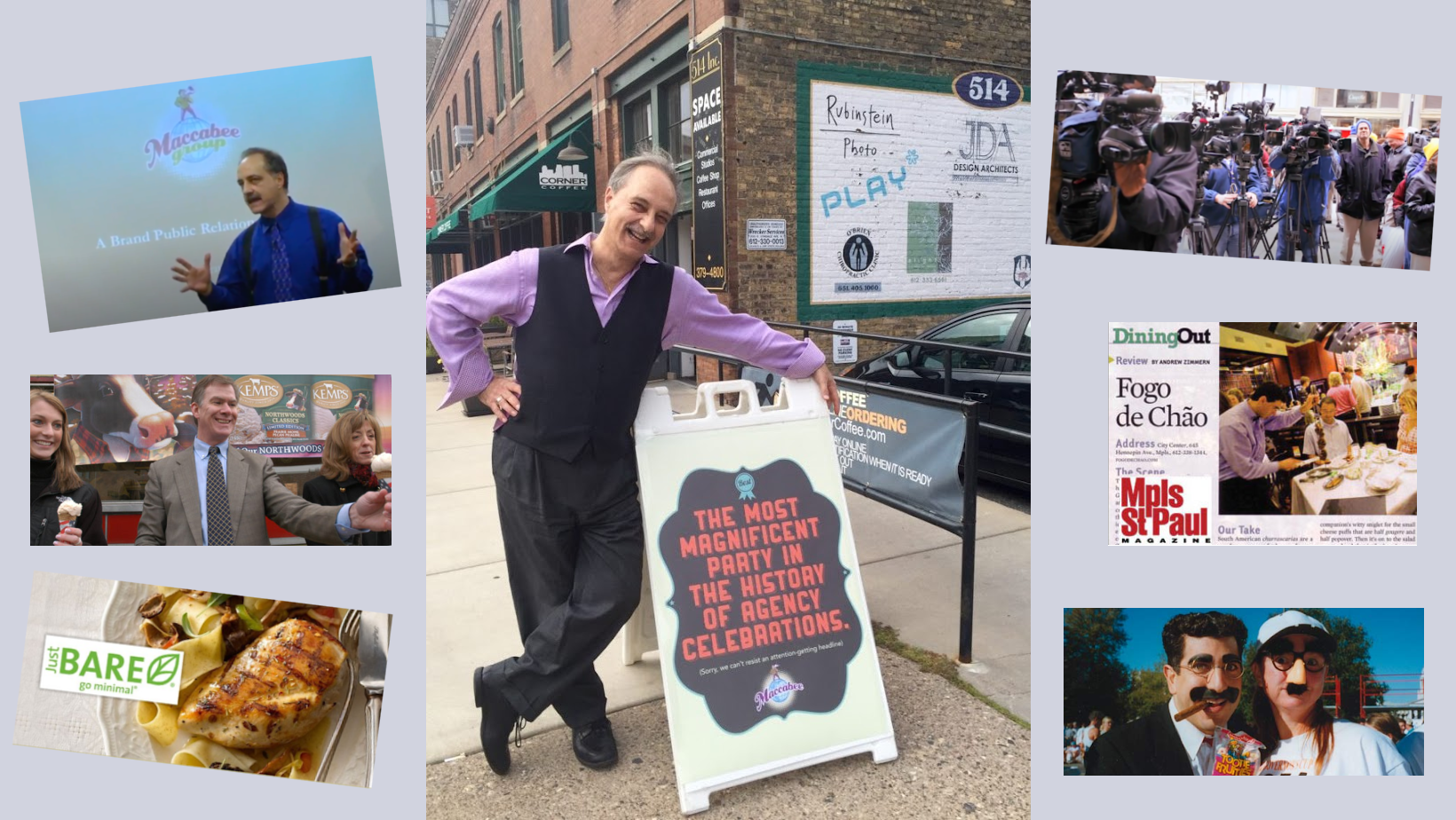6 Ways to Score a Broadcast Interview in the Midst of COVID-19
Has anything changed with how PR pros and corporate communicators should approach TV and radio producers during this COVID-19 pandemic and economic meltdown? Ohhh—heavens, yes!
To hear directly from the experts, we invited three of our favorite journalists—WCCO-TV weekend morning meteorologist Mike Augustyniak, KSTP-TV “Twin Cities Live” associate producer Brittany Runck and WCCO Radio host Roshini Rajkumar—to our virtual panel to explore how the pandemic has transformed how they work and present their stories—and learn what you can do you can get them to tell yours.
Here are the six biggest takeaways from Maccabee’s Sharper Angle panel event, “Broadcast Media in the Wake of COVID-19: The Do’s and the Don’ts.” [Watch the entire panel discussion recording on YouTube]
1. Prepare your spokesperson for virtual interviews
With the majority of interviews being done virtually, it’s important that your spokesperson is trained to deal with any potential quirks that might result from remote interviews.
Runck explained how “Twin Cities Live” has pivoted from in-studio interviews to Skype-driven interviews with guests outside the station. “Behind the scenes, we asked—how is this broadcast set-up even possible?!,” marvels Runck. “But now we’ve been able to add Skype into our control room as, essentially, a live shot.”

Roshini Rajkumar, WCCO Radio
Meanwhile, Rajkumar relies on a combination of high-quality microphones and software, as all of her interviews are being done remotely at least through early 2021. “None of our station’s hosts are in the studio,” says Rajkumar, who misses that in-person rapport with guests. She cautions that some out-of-studio connections (e.g., cell service, Skype, Zoom) may drop due to technical issues. So marketers, be sure to rehearse interviews with your spokesperson so that they can recover mid-conversation if needed.
2. It’s your (PR) job to provide more visuals
Providing TV producers with visuals has never been more important, says Augustyniak, but your video doesn’t have to be flawless. “There’s been a readjustment in our viewers’ expectations that not everything they see will be perfect. TV is still a visual medium. Even though we have a Zoom screen, that alone doesn’t make for a great video for a 10-minute segment. Providing us with B-roll video, even if you’ve shot it on your cell phone, is great. Investing in tools that make for good visuals is your responsibility as a PR person.”

Brittany Runck, Twin Cities Live
“Once we book the segment you pitched,” adds Runck, “if you provide me with elements like video B-roll and pictures before I even follow-up with you, that makes me want to work with you again. Priority number one is how we can get content on the air that looks decent.”
Augustyniak provides an example of a first-class PR technique from, of all things, a band called Yam Haus. “They put together a recorded-as-live performance in their basement and played a song during one of the first COVID-19 weekends when everything else was shut down. Not only did they perform it on Zoom, but they also had a street team shooting the song in high def at the same time while routing the audio through their board, which they uploaded to WCCO. For any PR people watching, we’d love to recreate that!”
3. Do your research before you pitch
Don’t pitch true crime to “Twin Cities Live” and understand that Rajkumar’s Sunday talk show can be pre-empted by Twins games. “Know the show you’re pitching,” says Runck. “We get pitches that say, ‘Brittany, here’s a great segment for your morning show.’ But we’re an afternoon show. That tells me they’re pitching their story to everyone to get a bite.”
Instead, says Rajkumar, customize your pitch to her. “When someone writes an email saying, ‘Roshini this would be a great panel for your program,’ that shows me they know I air panel segments. It’s shocking to me that PR people don’t know what not to pitch me. There’s no excuse for their not doing analysis before they pitch because most of us have social handles on multiple platforms. Do your homework”.
4. Help the media balance pandemic news with … anything else
Don’t despair if your brand’s story has nothing to do with the pandemic. “I myself had COVID fatigue early on,” admits Rajkumar. “And if your topic is going to bore the host, it won’t get covered. What I try to do on the COVID-19 front is to take the topic to the next level. For example, we talked about which restaurant patios are now open. And we had a family therapist on our show talking about the importance of communicating,” which was both connected to the pandemic and was of broader, general interest as well. “I look to myself as a respite from 24/7 COVID-19 coverage.”
5. Avoid a bad PR pitch that promises a non-existent tie to COVID-19

Mike Augustyniak, WCCO-TV
“Early in the outbreak, I received what was clearly a generic pitch from a national PR agency on how eating their snack food could boost your immune levels and combat COVID-19,” bewails Augustyniak. “I screenshot it, tweeted it out, and said ‘No way in hell I’m booking your guest and you’re now on my never hire list for PR people.’ Be aware that a bad pitch can be as off-putting as a good pitch can be important to your client’s success.”
6. Producers want you to be social media active
Rajkumar encourages guests to think about what they can do on social media to augment their segment on WCCO Radio. “When I see a brand or a guest tagging me and our station on social, that makes them a wanted guest in the future. Don’t be passive on social. The PR folks who get social are some of my go-to sources.”
As an example, Rajkumar interviewed a guest about mentorship—a compelling topic during this era of career anxiety. “The guest was based in Spain, his company is based in London and his parents live in Edina. His team really worked social media with us, reposting my social posts, responding with pictures we could use on our social—all of which gave WCCO Radio a global audience.”
The quotes above were edited for clarity and length. Listen to the full 45-minute virtual event, “Broadcast Media in the Age of COVID-19,” on Maccabee’s YouTube page:

